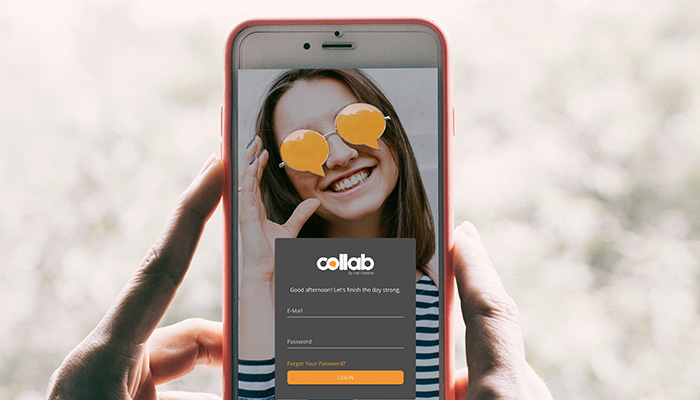While there are many factors of effective design, there is one aspect that often gets overlooked: consistency. If the design lacks consistency, then it may not resonate very well with your audience and it may lead to a poor user experience. In order to give off a good impression and show a level of professionalism, then consistency is key. However, staying consistent in your design is easier said than done.
In this post, we’ll provide a little background on how brand consistency orientated, tips on how to build consistent design, the benefits involved, and the different types of consistency in the world of design.
Brand Consistency Origination
In the 1950s during the post-war era, standardization became the new norm in society. Companies soon realized how the public enjoyed seeing less complex messages and branding in day-to-day life. As advertising messages were previously hard to understand for many, corporate designers started focusing on simple design elements—and brand exposure really started to grow. But as designs became more simplistic, consistency was the driving force. Big-brand logos are a perfect example of this. While a big corporation might change their logo over time to stay on track with the latest design elements, you’ll notice a lot of consistency. And as a logo gets ingrained in the brains of consumers, we associate certain designs to certain brands. But if that brand decides to drastically change their design, then our association with that brand could also change.
How to Build Consistent Design
The sad truth is, many businesses feel that consistency takes away the ability to be creative. However, that is not the case at all. If you truly have creative and imaginative design teams on board, then they should be totally capable of producing consistent, creative work. But to truly be consistent when it comes to design, you have to focus on the user experience. Put yourself in the shoes of your audience and think about the messaging they’re digesting from your brand. Here are a few areas of your brand where consistency is key:
- Navigation
- Functionality
- Presentation
- Interaction
- Content
Does your website presentation reflect your billboard advertisements? Does your copywriting relate to the tone of your graphic design? All of these avenues should have a cohesive feeling that resonates with your audience in a specific way. Try incorporating similar design elements like color schemes, fonts, page layouts, and more into the areas we mentioned above.
Benefits of Consistent Design
Whether you’re trying to grow your user experience or you want to establish a certain culture for your business, consistent design can make your brand come to life. In terms of reaching your audience, design is how your audience makes associations with your business. Take the company, Old Spice, for example. If you’ve ever seen one of their commercials, they are very interesting to say the least. And when you take a look at their website, everything on it is also a little on the weird side. But you know what, that’s consistency. And when you think of the Old Spice brand, you’re going to associate them with that certain weird, quirky, and interesting form of marketing.
Eliminates Confusion
Many companies out there have a confusing website with everything jumbled. While the necessary information might be there, it’s not very beneficial for the user experience. But when a website is laid out properly with navigation that makes sense, it adds a certain level of value to the audience. And when content is placed in a consistent manner with similar design elements, it is easier on the eyes and easier to comprehend for the reader. This all helps to limit any confusion when digesting information. Furthermore, if a website is laid out correctly with consistent design, this consistency should be reflected throughout many aspects of the business.
Types of Consistency in Design
A beneficial user experience stems from a brand with consistent design. This gives the brand a certain voice and also gives off a certain tone. If this consistency is broken, that voice is lost. Take a look at four different types of consistency that you should focus on:
Visual Consistency
From website design to billboards, your visual designs should be consistently creative. This is also exemplified in your product design.
External Consistency
This form of consistency is very prevalent in product design. Over time, consumers learn the different functions of products and how they differ from other similar products. If that consistency changes, their perception of your brand might also change.
Functional Consistency
Functional consistency relates to the functions involved in your user experience. A website is a perfect example. As users move around through your site, they should expect to see consistent navigation and usability qualities. This same consistency should be reflected through mobile apps, company products, tools, and more.
By instilling consistency throughout all facets of design, your user experience can grow to new heights.




